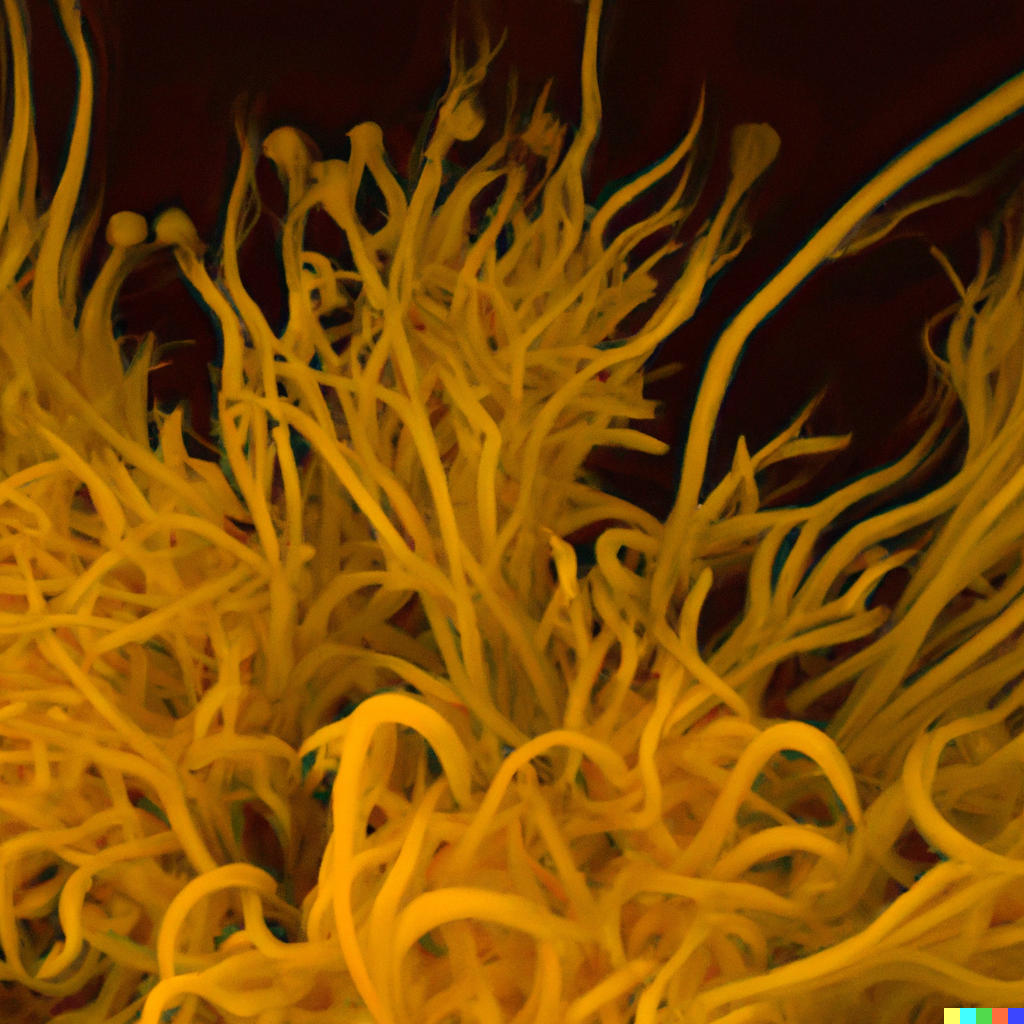
Chaga and Brain Health: Can This Antioxidant-Rich Mushroom Protect Your Mind?
In the world of natural remedies and superfoods, few have gained as much attention as functional mushrooms. Among them, Chaga (Inonotus obliquus) stands out for
5% Rewards on Every Purchase | Free Shipping On Orders $99+

Cordyceps mushrooms are a fascinating and mysterious type of fungi that have long captured the imaginations of scientists and enthusiasts alike. What makes cordyceps mushrooms particularly interesting is their unique ability to infect and manipulate the behavior of insects, effectively taking over their brains and bodies. In this blog post, we’ll explore the world of cordyceps mushrooms and the strange and wondrous ways they interact with their insect hosts.
Cordyceps mushrooms belong to the family Ophiocordycipitaceae and are found in temperate and tropical regions all around the world. They grow as a parasitic fungus, meaning that they infect and live off other organisms. In the case of cordyceps mushrooms, their primary hosts are insects, particularly ants and beetles. When a cordyceps mushroom spore lands on an insect, it begins to germinate and grow, eventually penetrating the insect’s body and taking control of its behavior.
The way cordyceps mushrooms take over the bodies and brains of insects is truly remarkable. Once inside the host, the fungus grows rapidly, consuming the insect’s tissues and organs as it does so. But it’s not just the physical body of the insect that is affected – the fungus also releases chemicals that manipulate the insect’s behavior, effectively turning it into a puppet under its control.
For example, in the case of ants, infected individuals are compelled to leave the safety of their colony and climb to a higher location, usually the underside of a leaf or branch. There, the fungus takes over completely, causing the ant to clamp down with its mandibles and remain in place even after death. Over time, the fungus grows out of the ant’s body, eventually releasing spores that will infect other ants and continue the cycle.
While the idea of a fungus controlling the behavior of an insect may sound like something out of science fiction, it’s a very real phenomenon that has been extensively studied by scientists. In fact, researchers are interested in cordyceps mushrooms not only for their curious behavior but also for their potential as a source of new drugs and medicines.
Cordyceps mushrooms contain a variety of bioactive compounds that have been shown to have a range of health benefits, including immune-boosting and anti-inflammatory properties. Studies have also suggested that cordyceps mushrooms may have anti-cancer effects and could help to lower blood sugar levels in people with diabetes. As a result, these mushrooms are now widely used in traditional medicine and have become a popular supplement in the health and wellness industry.
In conclusion, the cordyceps mushroom is a fascinating and unique organism that has captured the imagination of scientists and enthusiasts alike. Its ability to take over the brains and bodies of insects is truly remarkable, and researchers are still learning more about how this process works. But beyond its curious behavior, the cordyceps mushroom also holds promise as a source of new medicines and therapies, making it an organism of great interest to the scientific community.

In the world of natural remedies and superfoods, few have gained as much attention as functional mushrooms. Among them, Chaga (Inonotus obliquus) stands out for

In today’s fast-paced, screen-saturated world, more and more people are struggling with brain fog—that frustrating feeling of mental cloudiness, poor focus, and sluggish thinking. Whether

Wood Ear mushrooms (Auricularia auricula-judae), known for their crunchy texture and subtle flavor, are more than just a staple in Asian cuisine—they might also be